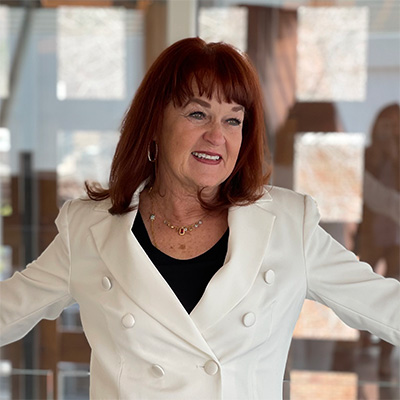What the Fed’s Decision Means for Housing
Since 2008, the Federal Reserve has kept a zero-interest rate policy in place. But on Wednesday, in a largely anticipated move, they voted to bring an end to that era and increased its benchmark short-term interest rate by 25 basis points from near zero.
The Fed made clear that it’s going to issue a gradual tightening cycle over the coming months. That likely means mortgage rates will inch slowly upward, though most economists are predicting that it shouldn’t unnerve the housing recovery.
“The interest rate is still low compared to historical standards,” Kevin Young, an analyst at IBISWorld in Los Angeles, told The New York Times.
The Fed controls the federal funds rate – also known as the short-term interest rate – that banks use to borrow money. That rate inadvertently ends up being passed on to consumers.
So what does the Fed’s latest move mean for the housing market?
Lawrence Yun, chief economist for the National Association of REALTORS®, says that an uptick in short-term rates shouldn’t have a big effect on those looking to borrow in 2016. With rates going up by such a small amount, the Fed’s move actually could serve as a stimulant to the economy, he says.
“The raising of short-term rates could be more of a confidence play to the market — it provides a signal that the economy is strengthening, and to the degree that the Federal Reserve is providing [that signal] and the lenders believe that, it may actually provide more lending opportunity for the banks,” Yun says. “As a borrower, even for the short-term borrower, what difference does it really make whether one is borrowing at 0.1% or 0.2%, when the Fed Funds Rate is historically at 3.3% or 3.5%?”’
Read more: REITS and Rates: The Investor Landscape
Some economists are predicting the Fed to raise short-term rates incrementally about four times by the end of next year.
“But we don’t expect mortgage rates to track the short-term policy rates directly,” writes Jonathan Smoke, chief economist at realtor.com®. “In fact, we’re likely to see mortgage rates increase by only half or two-thirds as much.” Mortgage rates tend to track trends in long-term bonds.
According to realtor.com®’s 2016 forecast, the 30-year fixed-rate mortgage will likely average 4.65 percent by the end of next year. Last week, it averaged 3.93 percent, according to Freddie Mac.
Still, Smoke says rates will likely be volatile day-to-day and week-to-week in the year ahead as the financial markets try to anticipate the timing of the Fed’s policy changes.
“On the positive side, the massive amount of news coverage on the Fed’s move will finally hit consumers to realize that we are at the end of the low-rate era and that rates are now on the move up,” Smoke writes. “We think this will influence fence-sitting buyers – and, more important, fence-sitting sellers who intend to buy as well – to act before rates get much higher.”
Source: “The Fed Finally Makes Its Move, Cautiously,” realtor.com® (Dec. 16, 2015); “What the Fed Rate Hike Means for Mortgages,” National Mortgage News (Dec. 16, 2015); and “Housing Starts Rebound and Building Permits Hit 5-Month High,” The New York Times (Dec. 16, 2015)
To talk to real estate professional Ruth Kruger call directly at 970.404.4000 or email ruth@krugerandcompany.com

